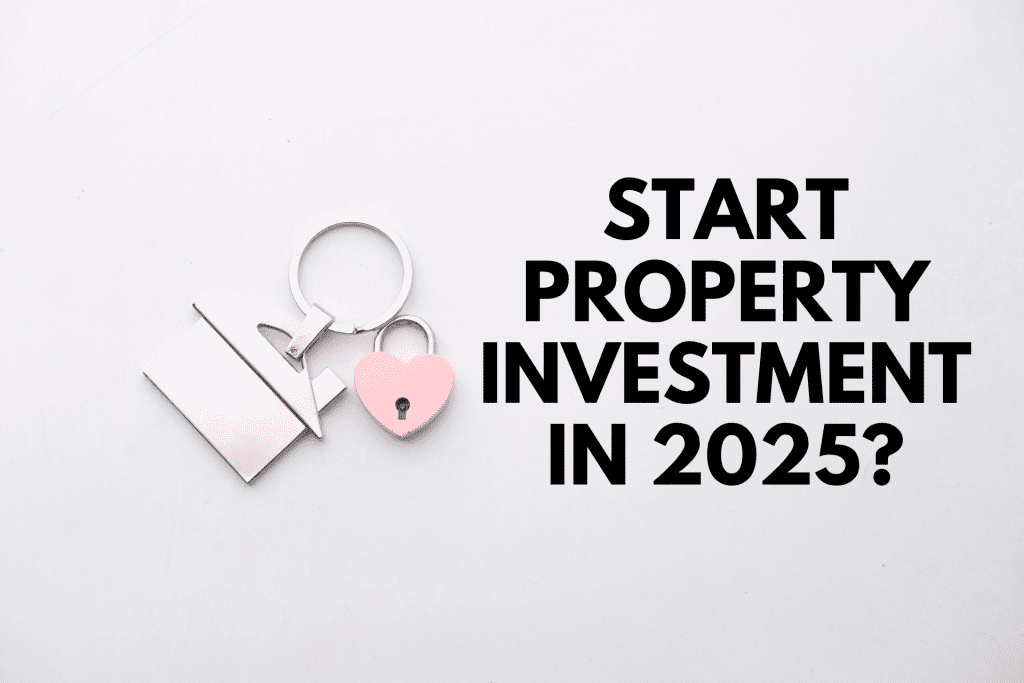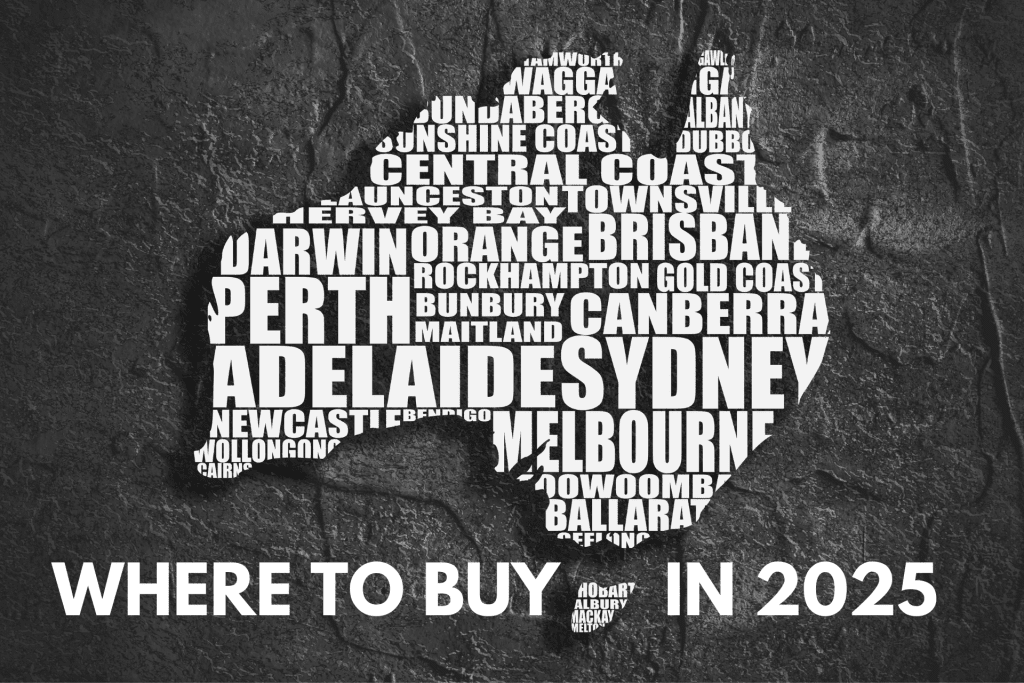
Australia’s real estate market is constantly evolving, and as we enter 2025, new opportunities and challenges arise for investors. Whether you’re a first-time buyer or an experienced investor, understanding the latest trends and financial shifts is crucial to making informed decisions. With banks putting the brakes on fixed interest rates and variable rates expected to decrease, the coming year presents a unique window for those looking to enter the market or expand their property portfolios. This guide will help you navigate the critical steps to property investment success—mapping your goals, planning your borrowing capacity, and executing a strategic plan. By staying informed and acting decisively, you can position yourself for long-term financial gains in an ever-changing landscape.
Three Key Steps to Kickstart Your Property Investment Journey
1. Map Your End Goals
Before you start searching for properties, take a step back and map out your long-term investment goals.
• Are you looking for capital growth, rental income, or both? Different areas and property types offer varying benefits.
• What is your ideal investment timeframe? Short-term flips require different strategies compared to long-term holds.
• Do you want passive income for retirement or plan to leverage equity for future investments? Your approach should align with your lifestyle goals.
Having clarity on these factors will guide your property selection and financial decisions. Many successful investors start by setting a 5-year, 10-year, and 20-year goal, helping them stay on track and measure progress effectively.
2. Plan Your Borrowing Capacity
Financing is one of the most critical elements of property investment. In 2025, banks are becoming more selective with lending criteria, making it essential to assess your borrowing capacity early on.
• Interest Rates Trends: Banks are already slowing downon fixed interest rates, meaning variable rates are likely to drop in the near future. This shift creates an opportunity for investors to enter the market with more flexible loan options.
• Loan Pre-Approval: Getting pre-approved for a loan gives you a clear idea of your budget and helps you act fast when a good deal arises.
• Debt-to-Income Ratio: Lenders consider your existing debts, income, and expenses when determining your borrowing power. Keeping credit card debts and personal loans low can improve your chances of securing a competitive loan.
By working with a mortgage broker or financial advisor, you can explore different loan structures, such as interest-only loans, offset accounts, or line-of-credit facilities, to maximize your investment potential.
3. Execute with a Strategic Plan
Once you have your goals and finances sorted, it’s time to execute your investment strategy. This step involves identifying the right location, choosing the best property type, and making calculated decisions.
Where to Buy in 2025?

While Australia’s property market is diverse, some key locations are expected to perform well due to population growth, infrastructure projects, and strong rental demand.
According to CoreLogic and Domain reports, the following areas are expected to be property hotspots in 2025:
• Brisbane & Southeast Queensland: The upcoming 2032 Olympics and ongoing infrastructure developments continue to make Brisbane an attractive option.
• Western Sydney: With new transport links, including the Western Sydney Airport, suburbs like Penrith and Badgerys Creek are gaining momentum.
• Perth: With affordability still in its favour, Perth offers high rental yields and strong potential for capital growth. However, it has overgrown recently, so we need to carefully plan to invest there.
• Adelaide: A stable and growing market with affordable entry points and solid rental demand.
• Regional Growth Areas: Places like Geelong (VIC), Newcastle (NSW), and the Sunshine Coast (QLD), Townsville, Mackay, Glasdstone and Rockhampton are seeing strong demand as people seek lifestyle changes and work-from-home flexibility.
What Type of Property Should You Invest In?
• Houses vs. Units: Historically, houses tend to appreciate more in value due to land ownership, while units offer lower maintenance and affordability.
• New vs. Established Properties: New builds can provide tax depreciation benefits, while established properties may offer better locations and value-add opportunities.
• High-Demand Rental Areas: Investing in locations with strong rental demand ensures consistent cash flow and reduces vacancy risks.
Be Prepared & Take Action
With variable interest rates expected to ease in 2025, investors should be ready to capitalize on market conditions. Here are some final tips to ensure you’re prepared:
• Monitor Interest Rate Changes: Keep an eye on RBA announcements and bank policies to adjust your borrowing strategy accordingly.
• Build a Strong Team: Surround yourself with knowledgeable professionals, including a mortgage broker, buyer’s agent, and property manager.
• Leverage Equity: If you already own property, consider using its equity to fund your next investment.
• Stay Educated: Market trends shift, and staying informed through property reports, seminars, and expert insights will keep you ahead of the game.
The Path to Property Investment Success
Investing in property in 2025 presents a wealth of opportunities for those who take a structured and informed approach. By clearly mapping out your investment goals, understanding your financial position, and strategically selecting locations and property types, you can build a portfolio that stands the test of time. With banks adjusting their lending practices and interest rates shifting, being proactive in planning and execution is key to success.
The real estate market rewards those who act decisively. Whether you’re taking your first step into property investment or expanding your existing holdings, now is the time to craft a solid strategy and take action.

